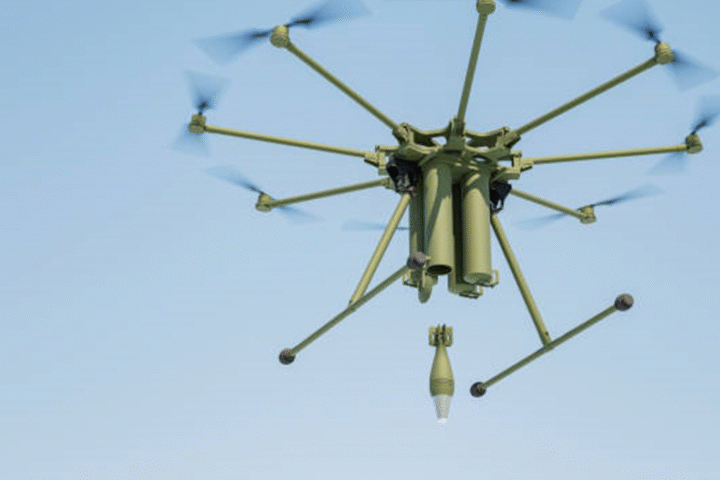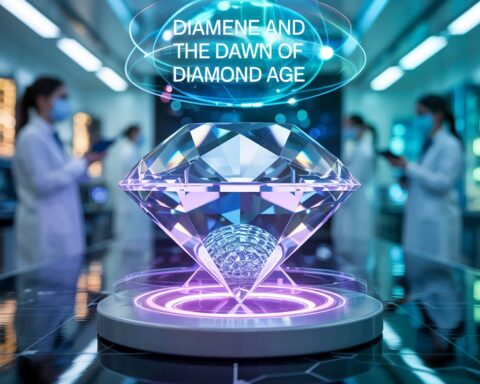When Jeff Bezos’s space company Blue Origin launched its historic all-female crew into suborbital space, the world cheered a new milestone for representation in the space industry. The nearly 11-minute flight aboard the New Shepard rocket marked a symbolic leap for women in science and exploration. But behind the celebratory headlines, another question quickly emerged: Was it actually sustainable?
Blue Origin claims that its rocket is environmentally friendly, producing no carbon emissions and releasing only water vapor as a byproduct. But environmental experts say the picture is far more complicated—and that even so-called “green launches” carry a significant environmental footprint.
Blue Origin’s Green Claims
Blue Origin has long marketed its New Shepard suborbital rocket as a cleaner alternative to other space launch systems. The rocket is powered by liquid hydrogen and liquid oxygen, and the company states that the only exhaust emitted is H₂O—water vapor.
Compared to rockets that burn kerosene or solid propellants—producing large amounts of CO₂, soot, and harmful chemicals—Blue Origin’s system is undoubtedly cleaner. But that doesn’t mean it’s entirely benign.
The Hidden Costs of Water Vapor
While water vapor is a natural part of Earth’s atmosphere, its impact at high altitudes is more problematic. When rockets release water vapor into the stratosphere, it can linger for longer periods and contribute to ozone depletion and trap heat, potentially exacerbating global warming.
Experts also point out that even if the launch emits no carbon directly, producing the liquid hydrogen fuel requires massive amounts of energy—often from non-renewable sources. If the hydrogen is not produced using green energy(like electrolysis powered by solar or wind), then the emissions are simply offloaded upstream.
Financial Footprint vs. Environmental Payoff
Then there’s the question of value for impact. The Blue Origin launch cost tens of millions of dollars and lasted less than 15 minutes. Critics argue that, unlike scientific missions or satellite deployments, suborbital joyrides—even with symbolic significance—offer little return for their environmental footprint.
Was the launch empowering? Absolutely. Was it efficient? That’s debatable.
Sustainability or Spacewashing?
Some environmental advocates are accusing Blue Origin of “spacewashing”—a term echoing greenwashing, where companies exaggerate or misrepresent their sustainability efforts. While the environmental harm from a single suborbital flight is limited, experts fear that normalizing routine space tourism—with dozens or hundreds of launches a year—could significantly impact the atmosphere over time.
Even with a clean-burning fuel, spaceflight remains energy-intensive, resource-heavy, and environmentally disruptive, especially if scaled without strict oversight.
Conclusion: A Symbolic Win, But Sustainability Still Questionable
So, is Blue Origin’s all-female launch sustainable? The answer lies in a gray area.
- Truth: The rocket emits only water vapor, which is better than carbon-heavy fuels.
- Fake (or misleading): That it’s “completely harmless” or carbon-neutral. Environmental impacts extend beyond direct emissions, and even water vapor can have negative effects at high altitudes.
While the launch was a meaningful moment for gender representation in space, its sustainability remains under scrutiny. For space tourism to truly be “green,” companies like Blue Origin must commit to green hydrogen production, transparent lifecycle emissions accounting, and limiting non-essential flights.
The future of spaceflight doesn’t just need to reach new heights—it must do so responsibly.

























